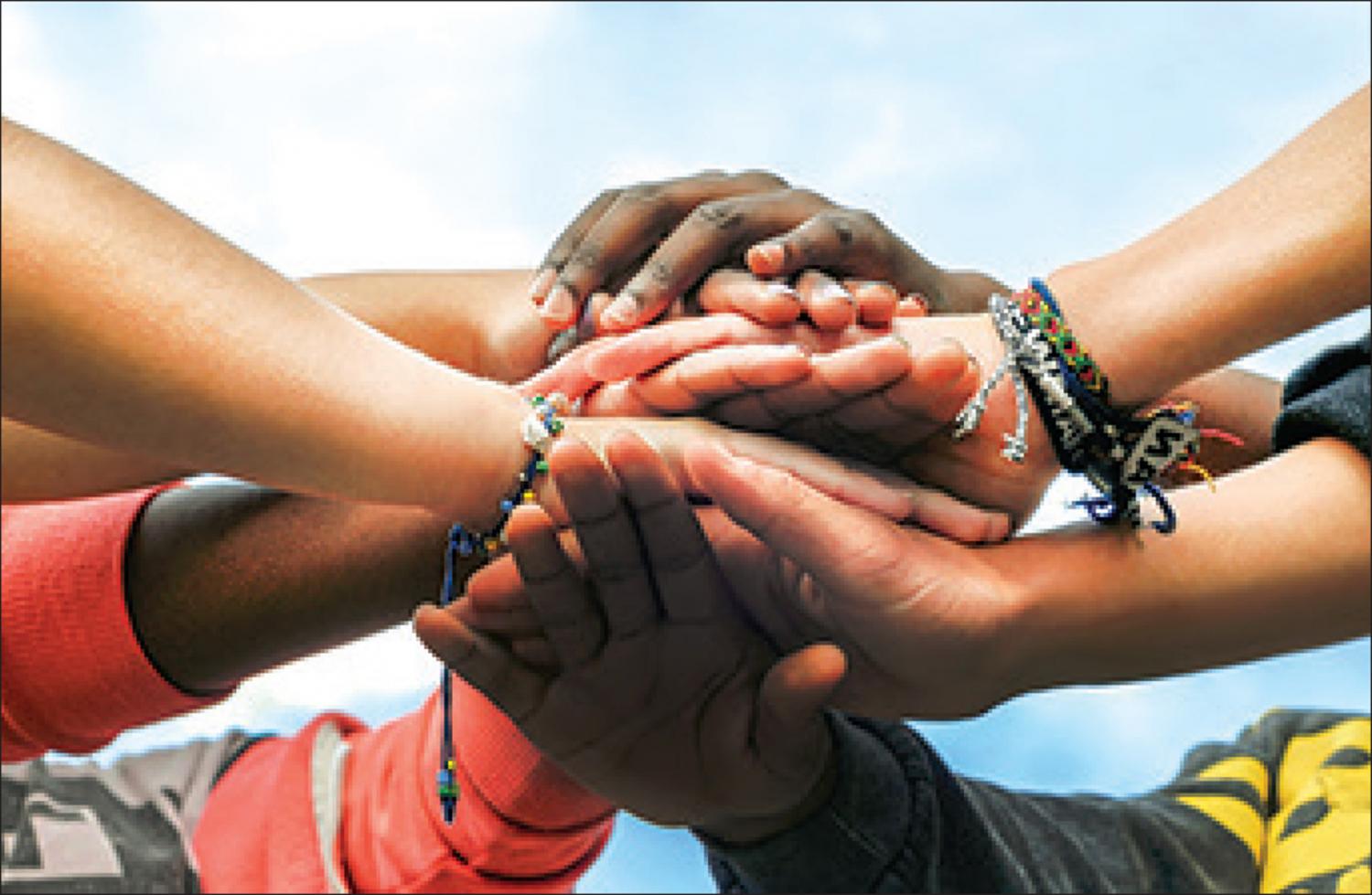
Indigenous peoples, comprising almost 500 million individuals from across 90 countries, hold the longest continuous cultures on this planet.1 Despite the negative impacts of colonisation, Indigenous peoples have survived and continue to nurture and live their Indigenous knowledges, languages, and cultural practices. Indigenous peoples have made substantial contributions to global health. For example, the parts of the health sector controlled by the Indigenous community in Australia helped shape the principles of primary health care in the pivotal Alma-Ata Declaration in 1978,2 which is a foundation of universal health coverage. The Southcentral Foundation's Nuka System of Care, based in Alaska, USA, is an example of Indigenous community-driven overhaul of the health system to enable care that is holistic, sustainable, and aligned with community needs.3 More recently, Indigenous communities have exemplified effective, evidence-based strategies to respond to COVID-19.4, 5, 6, 7, 8 The potential for Indigenous knowledge and wisdom to manage complex ecosystems, amassed through stewardship of biologically diverse lands over thousands of years, can also help address the global climate crisis.1, 9 Yet, Indigenous peoples have been largely excluded from health policy and action, both globally and locally. Where Indigenous peoples are included, it has mostly been to address health inequities that stem from colonisation and associated genocide and subjugation, systemic racism, and forced displacement from family, community, land, and culture—determinants largely not controlled by Indigenous people.10, 11
